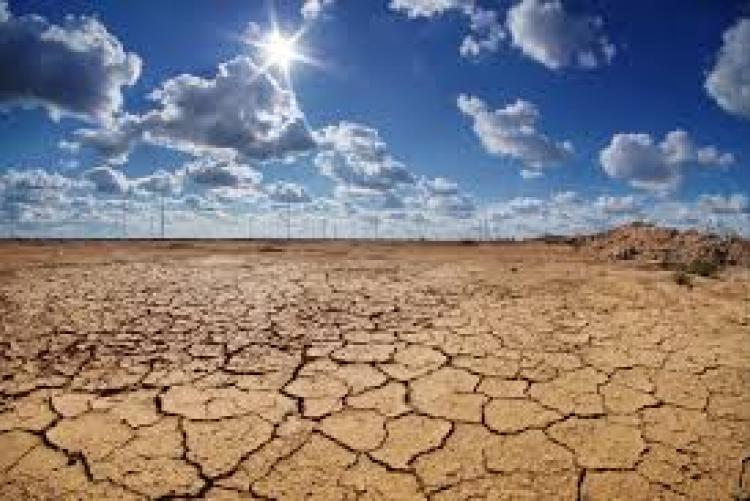As a result of the anthropogenic climate change drivers, the global mean surface temperature is projected to increase between 1.5°C and 5.8°C by 2100. The Intergovernmental Panel on Climate Change (IPCC) in its 4th Assessment Report, 2007 has stated that warming in Africa, throughout the continent and in all seasons, is very likely to be larger than the global annual mean warming, with drier subtropical regions warming more than the moister tropics. The future warming rate is likely to range from 0.2°C per decade (for the low scenario) to more than 0.5°C per decade (for the high scenario). This warming will be greatest over the interior of semiarid margins of the Sahara and central southern Africa. The observed annual rainfall anomalies of the climate change models indicate that there are possible increases in precipitation in East Africa, contrasted with reduced precipitation for southern Africa in the next 100 years. While for East Africa an increase in rainfall as projected would be welcome, it will be accompanied by an increase of extremely wet events, from the current 5% to about 20%, which could seriously disrupt food production systems and infrastructure.
To visit the Institute for Climate Change & Adaptation CLICK HERE












